Rice Sack Worm farms, the cheap lightweight alternative

A worm farm can be used to
- Keep the garden tidy without burning
- Clean up manures from animals
- Create fertilizer for our plants
- Create food for fish and birds
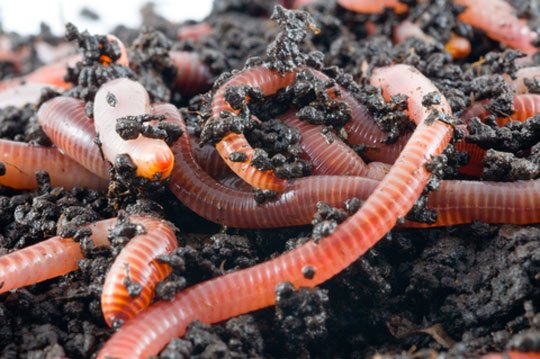
Karung worm farm
Why in a Karung?
- It is very cheap
- It is very lightweight and can be filled and emptied by anyone
- It is easily transportable if you move residence
- In a humid tropical place the solid worm farms are often lacking in oxygen and the worms do not like it
- It allows free drainage of excess moisture and so doesn’t not drown the worms if there is heavy rain
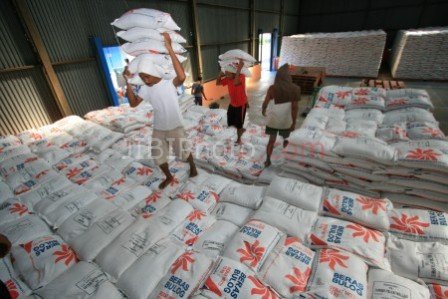
New or recycled rice sacks can be found easily for free for a very low cost, under 2000 rupiah per sack
Location
Choose a site that is
- Not to hot or dry
- In the shade
- Away from ants who might eat the worms
Karung
Choose a Karung that is
- A rice sack without holes in the sides and bottom
- Mostly clean without mouldy material inside
To prepare the sack
- Turn the sack inside out so the printed side is on the inside. This makes the base of the Karung round so it can stand up straight
- If you want you can put two karung together. A double bag for extra protection
when Karung are turned inside out they become round and flat at the base and can stand up
To fill the karung
Search the garden, street and neighbourhood for suitable materials
Manures
Suitable
Cow/ Sapi, Buffalo / Kerbau, Goat / Kambing, Sheep/ Domba, Pig/ Babi, Horse/ Kuda, Elephant / Gajah, Rabbit / Kelinci, Guinea pig, Quail/ Puyuh, Duck/ Bebek, Goose/ Soang/ angsa, Pigeon Merpati, Chicken / Ayam
Not suitable
Dog/ Anjing, Cat/ Kucing
Dry / brown material
Good
Daun daun Nangka (jackfruit), mangga (Mango), beringin (Ficus), Angsana (rosewood), Waru (Hibiscus), Intaran ( Neem), daun pisang (Banan leaf), jarak pagar ( Jaropha) , dll (and others)
Not so good – hard to digest , don’t add too much
Daun Jati mas (Teak), eucalyptus, pinus (Pine), Gamal ( Gliricidia) , Lamtoro (Leucaena) , daum palem (Palm leaf) , wood
Avoid
Strong smelling or poisonous plants
Green material
Suitable example
Green weeds from the garden
Vegetable scraps
Coffee and Tea scraps
Bokashi bucket wastes
Lawn clippings
Banana skin and trunk
Daun papaya and kulit papaya - Papaya leaf and skins

Not suitable
Onion / bawang
Kelor / moringa
Pineapple / nanas and Jeruk – too acid
Meat and bones
Fat and oil
very acid or mouldy food
Note : Eggshells are good to add to worm compost. The worms like the calcium
Mixing
1 : 2 : 1 by volume (Manure : brown leaves : wet /green waste)
Manure is heavier than leaves and green materials
Basic mix is 60% leaves : 40% manure by weight but it is very flexible. The important thing is the texture. Not too wet and not too dry. If the mix is too dense and wet the worms will crawl away
If it is too dry then they will not eat it and they may dry out and die
Collect and mix on top of a terpal or similar surface. It can be good to mix the green and brown material first. Then mix the manure with water and pour over the mix so it sticks together and moistens it
Pre-composting
The raw mix isn’t ready for worm yet they like their food already soft
So we cover the moist mix and let it sit for 2 – 3 weeks. Then it is ready.
It should not feel hot, if it is then its not ready yet, wait 1 more week. If it is slightly warmer than the air it is ok
It should not smell bad. Not sour or like ammonia. It should be moist and soft like it is a young compost
Finding worms
You can
- Get some from a friend
- Buy some online, search facebook for sellers
- Collect them yourself
If you collect yoyurself then collect the right type of worm. There are two types of worm
Earth worm / Cacing tanah and compost worm / Cacing kompos
Earthworm lives in soil and is not useful in a worm farm. We must collect the worms that like to live in compost and manures
The best place to find is near a kandandang where manure and straw has been left laying on the ground, or under piles of material like leaves and corn cobs
There are three common species
Blue worms (Perionyx excavatus)
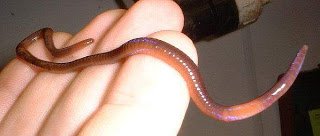
red and Tiger worms (Eisenia Andrei and Eisenia foetida)
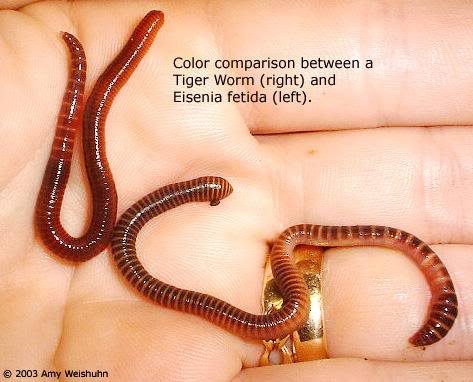
It is ok if you get a mix of these.
Collect as many as you can to start your worm farm. Carry them in a win with some compost so they don’t dry out on the way home.
Filling Karung
We fill the karung, leaving enough space that we can fold the edges over to close it to stop animals getting in
Once filled we add worms, about 1 handful is best per sack. If we add more it will be finished faster, if less it is slower.
The worms will move into the bedding by themselves
Caring for the karung
Water
We can water the sacks with a hose 2 or 3 times per week. If it is rain season we may not need to water as much. We don’t want the sacks to be very wet. Just moist
Food
There is a lot of food in the sack for the worms already. If we don’t give extra food they will be ok
If we want to add kitchen scraps to an existing worm farms we wrap them in banana leaf or newspaper like a pillow and we bury it inside the wormfarm
Do not overfeed the worms or it will just turn smelly. It is better to feed kitchen scraps to a chicken, then feed the manure and bedding of the chicken pen to the worms.
Once you have more Karung worm farms you can use it to remove all of your suitable organic wastes
We can also top up with leaves and manure when we clean the garden or animals housing
1 month before we harvest the karung worm farm we stop feeding it
Harvesting the worms
After about 2 months the worm farm may be ready to harvest. If it is not then just leave it a few weeks longer
Worms don’t like to be exposed to the bright light. They will move away from the light
So we pour the karung onto a terpal and make a mound.
If we leave it for 10 minutes then the worms will start to move inside the mound
We remove a layer of compost from the top and put it aside
After 5 minutes we repeat this
illustrated process
http://yourgardeningfriend.com/2013/07/22/how-to-harvest-worm-castings/
We keep going till we have removed all compost and the ball of worms is at the centre of the pile
Then we transfer the worms immediately to their new homes in freshly filled karung
We can run the worm compost through an ayakan to separate the rough undigested material from the fine material. The rough material we can add back to the next worm farm until it gets digested
Growing worms
The worms will breed an multiply if they are happy
We should start with enough worms to fill 3 karung
After 2 months we should have enough worms to make 4 Karung
After 2 months more we should have enough to make 5 Karung
Then 7 Karung, 9 , 12, 16 etc
Each cycle should increase by factor of 1.3
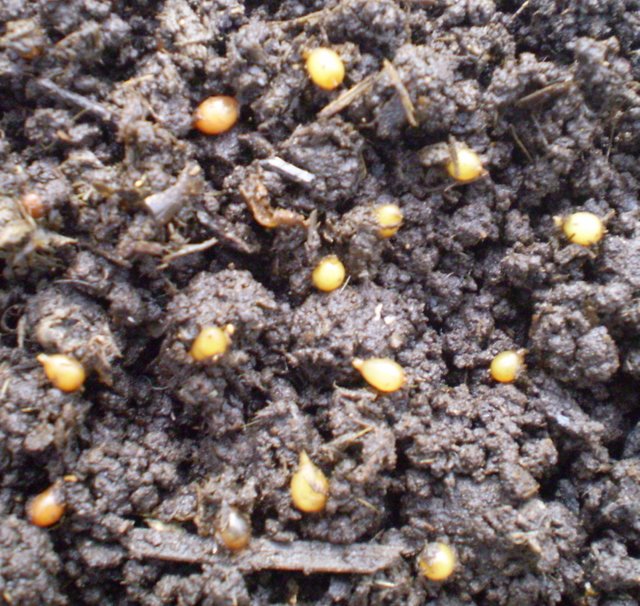
worm egg cases
Uses for excess worms
You can
- Trade, sell or give away
- Put them in your mulched gardens
- Feed them to fish or Poultry (Chickens, ducks, Quail)
Readings
https://www.slideshare.net/pabitramani/vermi-composting-phosphhocompost-pk-mani
As a follower of @followforupvotes this post has been randomly selected and upvoted! Enjoy your upvote and have a great day!